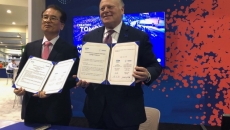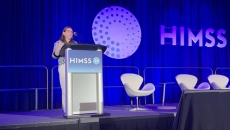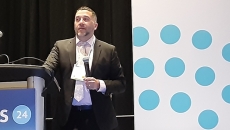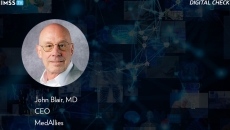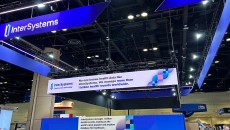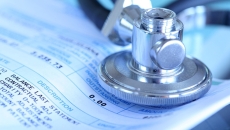Interoperability
The three-year collaborative relationship is for Electronic Medical Record adoption in hospitals throughout the country.
In total, the company is offering its cloud clients updates to Vertex AI Search, Healthcare Data Engine and MedLM, designed to improve patient care.
Trust in the digital economy is built upon several key principles like cybersecurity, privacy, interoperability and equity in technology development, use and standards, says NIST's Cherilyn Pascoe.
The lack of effective EHR optimization to date is rooted in policy obstacles and a general lack of understanding.
A deep dive on qualified health information networks from Dr. John Blair, CEO of MedAllies, a designated QHIN, who also discusses how he is working with two major EHR vendors and numerous smaller ambulatory practices on interoperability.
The anchor exhibitor has been working on data exchange for a long time. With the FHIR spec now widespread and becoming normative, good things are starting to happen across a variety of use cases – and the company plans to show how it's helping.
Hospitals become more humane environments as room alarms and beeps are replaced by interoperable apps carried by nurses.
The Biden Cancer Moonshot says that Epic, Oracle Health, Meditech, athenahealth, Flatiron, Ontada, ThymeCare and CVS Health have adopted the CMS Enhancing Oncology Model to increase interoperability, advance equity and improve cancer diagnosis outcomes.
SPONSORED
Support clinical decision-making while keeping humans in the loop.
SPONSORED
Interfacing with admission, discharge and transfer (ADT) on its infusion pumps has helped a regional health system increase visibility into patients’ infusion status and drug replenishment timing to reduce the chance of medication errors.
